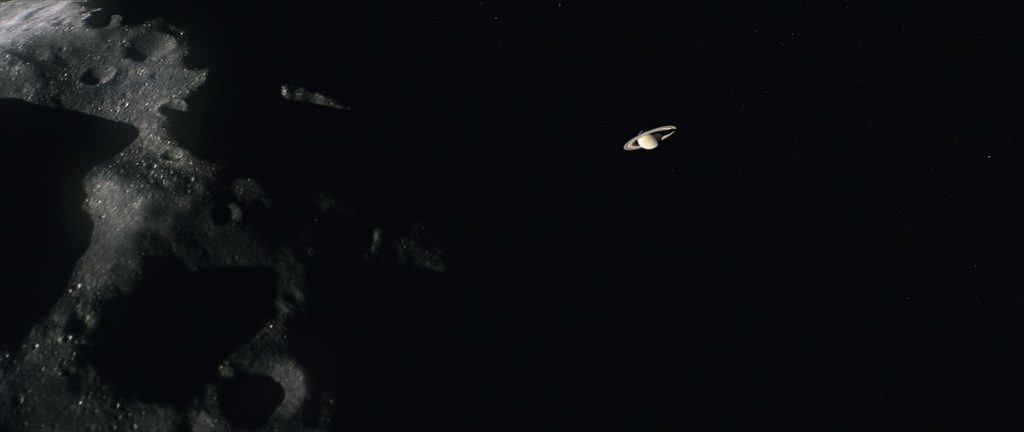
NASA Releases Pictures Of Saturn Casting Its Own Shadow On Its Rings
Coming to the factors of progress in Science and Technology, there are many subjects to peek into space. The recent studies from the NASA on studying the grids and patterns of the solar system is at its final stage.
According to the recent reports, Saturn’s shadow takes a bite out of the planet’s mesmerizing rings in a stunning new photo by NASA’s Cassini spacecraft. This shadow has been shrinking since August 2009, when spring came to Saturn’s northern hemisphere and will continue to do so until summer arrives there on May 24, NASA officials said.
“At that point in time, the shadow will extend only as far as the innermost A ring, leaving the middle and outer A ring completely free of the planet’s shadow,” wrote NASA officials in a recent image description which were released on May 15th.

And it is proved that Saturn’s rotational axis is tilted relative to the sun, so the ringed planet has seasons, just like Earth does. Saturn seasons each last more than seven Earth years, because it takes the ringed planet more than 29 years to make one lap around the sun instantly.
Cassini captured the newly released photo on Feb. 3, when the probe was about 760,000 miles from Saturn, and about 10 degrees above the ring plane, they added.
Saturn’s rings and many moons up close for nearly 13 years, but that groundbreaking work is nearly done. The probe is now in the “Grand Finale” phase of its mission, which consists of 22 dives through the gap between Saturn’s cloud tops and its innermost rings.
The fourth of these dives, in fact, occurs today. This Cassini’s $3.2 billion mission which is a joint effort of NASA, the European Space Agency, and the Italian Space Agency — will come to an end on Sept. 15 with an intentional death dive into Saturn’s thick atmosphere.
However, this maneuver is intended to ensure that the probe doesn’t contaminate Titan or Enceladus, two Saturn moons that might be capable of supporting life, with microbes from Earth, NASA officials have said.